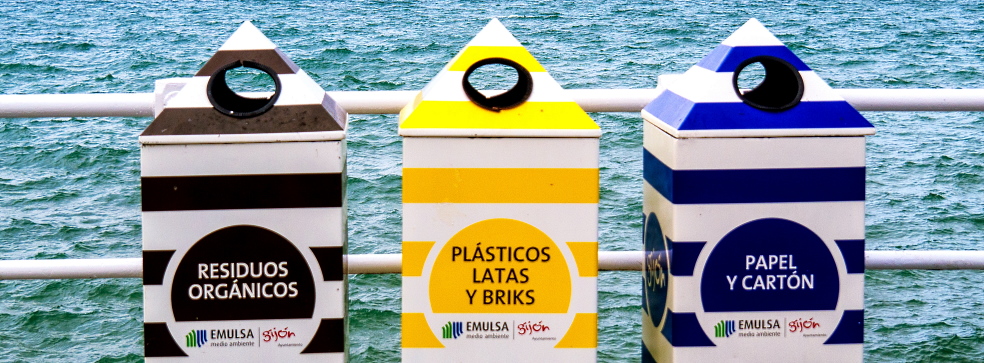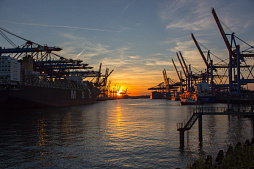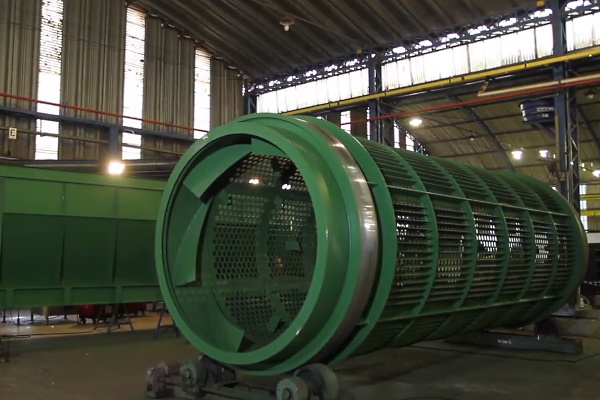To consider an application for financing, fill out the form and send it to us by e-mail along with the project brief, or contact our experts
How can we turn millions of tons of useless toxic substances into something valuable for the economy?
Waste-to-energy plants provide the answer.
The operating principle of modern incinerators is simple and ingenious.
Garbage is burned in a special kiln at a high temperature, and the heat obtained from the combustion is recovered and used for heating systems or for generating electricity using turbine generators.
To comply with environmental requirements, it is necessary to constantly improve technologies, including the installation of additional burners operating on liquid fuel. But incineration of solid waste to generate energy, both thermal and electrical, is currently an undeniable advantage.
According to the European Waste Incineration Directive, incinerators must be constructed in such a way that the flue gases reach a temperature of at least 850°C in order to destroy toxic substances.
The construction of waste incineration plants in Spain requires strict adherence to environmental regulations, which involves the use of expensive engineering solutions.
After incineration, toxic ash remains, therefore, specially designated places with favorable conditions are needed for its storage.
These objects require investments of hundreds of millions of euros, both for construction and subsequent operation and maintenance. They require the creation of long-term concessions, which must guarantee a continuous supply of solid waste for 25-30 years to pay off the project.
In 2018, only 11 waste incineration plants operated in Spain.
They produce about 1% of the total European energy generated at WtE plants.
This is a negligible number compared to the more than 400 plants operating in Northern Europe.
In northern European countries, incinerators often have overcapacity. This means that they have to import solid waste from other countries to cover their needs. For example, Denmark is actively importing solid waste from the UK and Germany. WtE technology provides 5% of all electricity and 20% of thermal energy in this Scandinavian country.
Typically, waste incineration plants are built within city limits and produce both electricity for supply to the national grid and heat for local consumers.
In Spain, these plants are located in 7 autonomous communities plus a new project in Gipuzcoa (Basque Country).
List of municipal waste incinerators in Spain:
| Operator | Autonomous community | Location |
| Ajuntament de Girona | Catalonia | Girona |
| Ayuntamiento de Barcelona | Catalonia | Barcelona, Sant Adria |
| C.G.d’Arán | Catalonia | Lleida |
| Consorcio Maresme | Catalonia | Barcelona, Mataro |
| REMESA | Melilla | Melilla |
| SIRUSA | Catalonia | Tarragona |
| SOGAMA | Galicia | La Coruña |
| TIRMADRID | Madrid | Madrid |
| Tirme SA | Balearic Islands | Palma de Mallorca |
| Vamex Servicios SL | Canary Islands | Tenerife |
| Zabalgarbi | Basque Country | Bilbao |
Energy recovery technology is a unique opportunity to reinvigorate waste and complement conventional waste recycling by converting it into priceless energy.
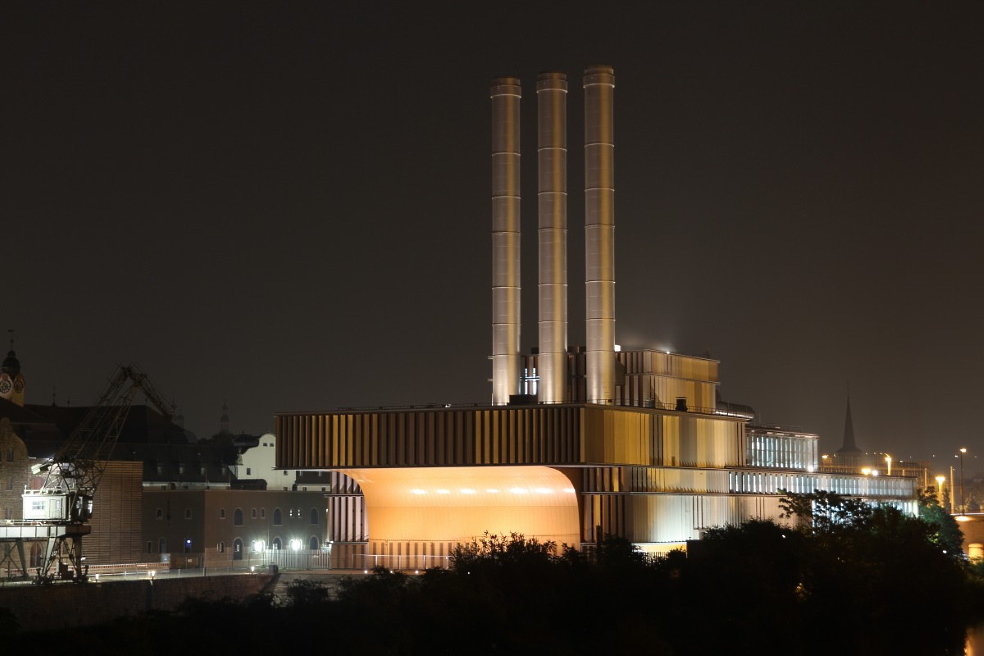
Unfortunately, this concept is still rarely used in Spain.
Today the country remains one of the European leaders in terms of the amount of solid waste stored in landfills.
The current situation presents tremendous opportunities for investors, especially amid growing concerns in the local community.
Construction of a new waste incineration plant in Spain completed
The new Zubieta incineration plant in Spain was commissioned in 2020 after successfully passing a long series of tests.This plant can burn about 500 tons of waste daily (about 160,000 tons per year), recovering energy from the waste.
The facility was built in the province of Gipuzkoa in the Basque Country, becoming one of four municipal waste processing plants within the so-called Gipuzkoa Environmental Complex (CMG). The plant fully complies with the criteria for environmental safety, energy efficiency and other modern criteria that are imposed in Europe for facilities of this type.
One of these plants (CMG-1) includes a mechanical and biological waste treatment plant, which has been working since mid-2019 to sort and recover valuable industrial materials from municipal solid waste.
Another plant (CMG-2) has a biomethanation plant that has been in operation for a long time and produces gas from organic waste.
Engineering design of waste incineration plants
Incineration is used for a wide range of waste.This process is only part of an overall complex waste management system. In the past few years, new technological developments have emerged in this sector. Highly efficient solutions have been developed that reduce costs while providing better environmental performance.
The purpose of waste incineration is to reduce the volume of waste and capture or eliminate harmful components.
Incineration makes it possible to recover energy or valuable industrial raw materials from waste. These are two reasons for investor interest in the construction of incineration plants.
The waste stream is not homogeneous and contains organic and inorganic substances, metals and water. Combustion produces flue gases that carry most of the energy in the form of heat. Finding the most suitable technology and equipment is one of the primary tasks in the engineering design of waste incineration plants.
Organic matter in waste is burned when the required temperature and oxygen concentration is reached. The actual combustion process, which releases energy, takes place in the gas phase and lasts a fraction of a second.
With a high calorific value of the waste and the required oxygen concentration, a thermal chain reaction and autonomous combustion can be achieved without the need to add other types of fuel.
Each type of waste requires an individual incineration technology.
For example, MSW can be processed in movable grate incinerators, as well as in fluidized bed kilns or rotary kilns. The use of fluidized bed kilns requires pre-sorting or separate waste collection to ensure correct particle size.
The sludge that comes from the wastewater treatment plant can be burned in rotary kilns or in fluidized bed kilns. Sludge often has a high moisture content and therefore requires drying or fuel addition to ensure stable and efficient combustion.
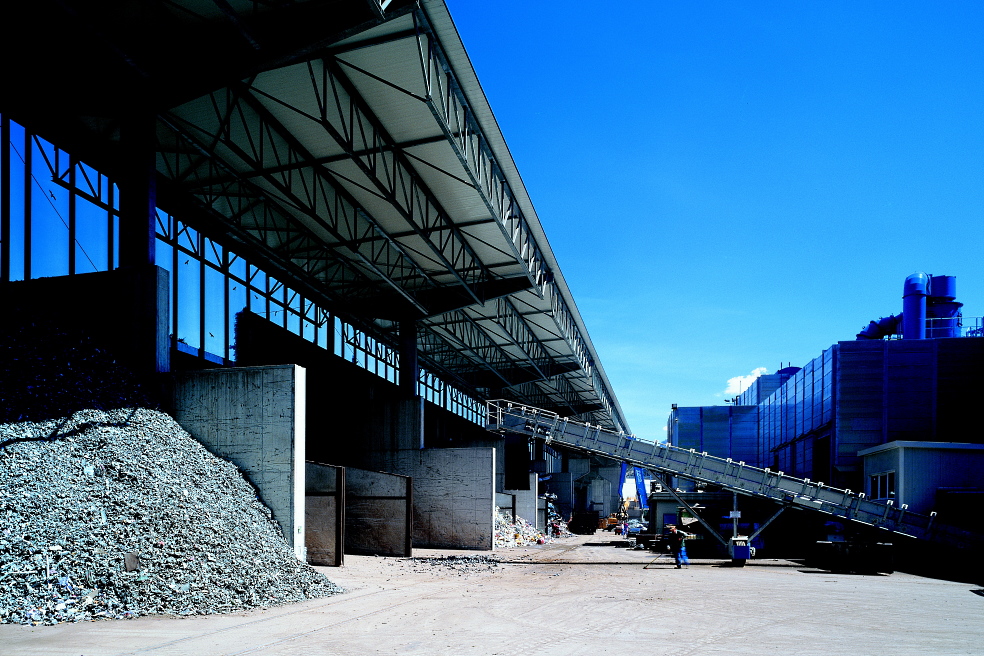
Co-incineration is used in grate incinerators, coal-fired power plants, and some industrial processes. Hazardous and hospital waste is usually incinerated in rotary kilns, but grate incinerators are also used for some types of waste.
An important point is the choice of a specific technological scheme and equipment intended for the production of electricity and / or heat energy.
In this case, the customer must clearly formulate the goals of the project, determine the range of potential consumers and requirements for the technology.
In the engineering design of a waste incineration plant, the contractor should propose the optimal process flow based on the client's requirements, applicable standards and the project budget.
By the way, the cost of building and operating these facilities can be significant.
For example, Son Reus, the largest incinerator in Southern Europe, cost around 500 million euros.
Advantages of an EPC contract for the construction of waste incineration plants
The term EPC comes from the English abbreviation Engineering, Procurement and Construction.EPC contracts are widely used in large-scale projects related to the energy sector.
In recent years, EPC contracting has played an important role in the development of international engineering due to the simplicity and reliability of this form of contractual relationship. Investors in developing countries looking for reliable engineering firms in EU countries to implement their projects prefer this type of contract.
EPC contract removes the complex and confusing contractual client-engineer-contractor relationship and reduces it to a client-contractor scheme.
This simplifies control and shifts responsibility to a single EPC contractor.
Advantages of an EPC contract for the construction of an incineration plant:
• Minimal efforts to coordinate the work of subcontractors.
• The contractor's technical team guarantees quality work and reduces the risk of problems during and after construction.
• The EPC contractor, using his professional knowledge and the latest technology, ensures high safety standards.
• Reduced financial risk: a fixed investment amount is agreed before the start of the project without any changes.
• The date for the commissioning of the incinerator is set in advance, avoiding delays in the project schedule.
In fact, the EPC contractor takes full responsibility towards the client, taking on the obligation to provide a ready-to-use facility.
If you are interested in services in the field of financing, engineering design and construction of waste incineration plants, contact our consultants at any time.



